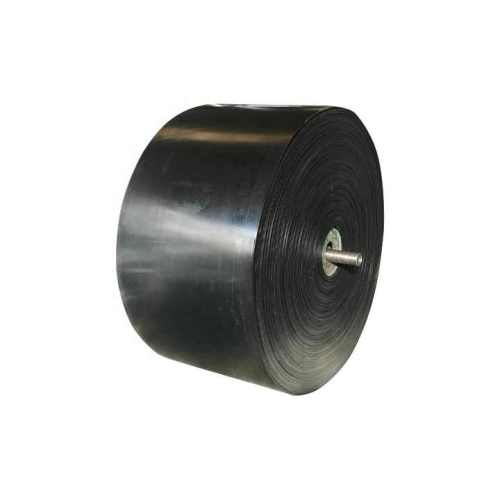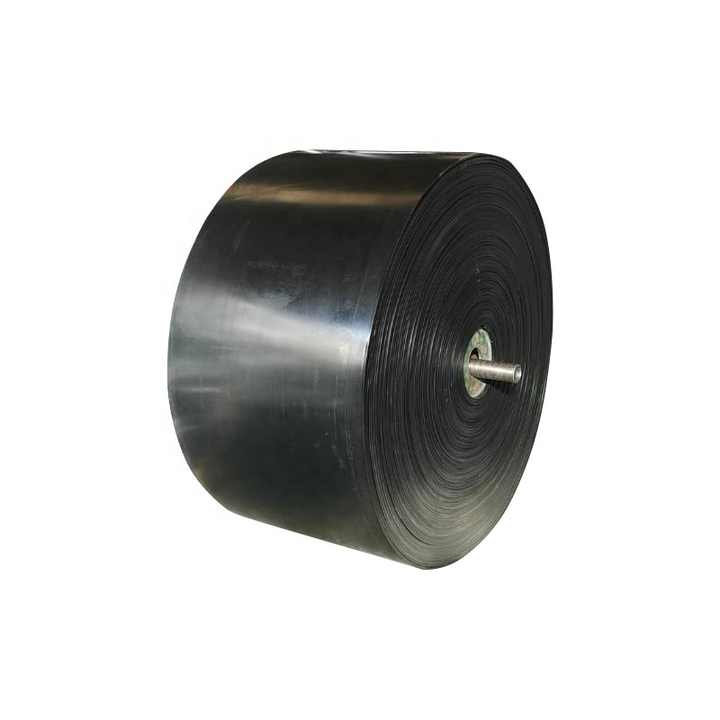Transportation: Ocean,Land
Polyester Anti-tear Induction Coil
Conveyor Belt – High-Performance Industrial Solution for Heavy-Duty Material Handling This advanced conveyor belt combines durability, precision monitoring, and efficient load transmission to meet the demands of modern industrial operations. Engineered with a polyester-based anti-tear structure and an integrated induction coil system, it offers superior resistance to mechanical stress, ideal for environments where reliability and safety are critical. Designed for global markets outside China and its territories, this product is suitable for professionals seeking long-lasting performance in mining, port logistics, manufacturing, and agriculture sectors. Key Features: - Reinforced Steel Wire Rope or Fabric Core: Provides exceptional tensile strength and flexibility depending on application needs. - Embedded Induction Coil Technology: Enables real-time detection of internal damage, preventing unexpected failures and enhancing operational safety. - Customizable Coil Design: Adjustable turns, wire gauge, and placement optimize sensitivity and accuracy for specific material types and transport conditions. - Enhanced Tear Resistance: The polyester-reinforced layer resists cuts and abrasions, extending service life under harsh conditions. - Vulcanized Bonding Process: Ensures strong adhesion between core materials and rubber cover, minimizing delamination risks during continuous use. Detailed Description: The Polyester Anti-tear Induction Coil Conveyor Belt features a dual-layer structural design that balances strength and adaptability. For applications requiring high tensile capacity—such as transporting coal, ore, or aggregates—the steel wire rope core serves as the backbone, offering outstanding resistance to elongation and breakage. This core is vulcanized into the rubber matrix, creating a seamless bond that withstands extreme loads over extended distances. In contrast, fabric-core variants utilize woven polyester or nylon fibers, providing excellent flexibility for installations with tight curves or limited space, such as food processing lines or plastic recycling facilities. Both configurations incorporate an embedded induction coil system positioned strategically within the belt’s internal layers—either between the core and outer cover or integrated directly into the steel strands—to monitor tension distribution and detect early signs of tearing or fatigue. These coils, typically made from copper due to its conductivity, can be tailored in number of windings and diameter to match required sensitivity levels without compromising cost-effectiveness or ease of installation. Use Cases: Ideal for heavy-duty conveyance systems in mining operations, bulk material handling at ports, cement plants, grain silos, and automated packaging lines. Its ability to function reliably under high-stress conditions makes it a preferred choice for industries prioritizing uptime, worker safety, and minimal maintenance costs. Whether moving abrasive ores across kilometers of track or gently guiding plastic pellets through confined machinery spaces, this belt delivers consistent results. Customer Testimonials: Users report significant reductions in unplanned downtime after switching to this model. One logistics manager noted, “We’ve seen fewer belt failures since implementing these induction-equipped belts—we now catch potential tears before they become major issues.” Another operator from a mineral processing facility added, “The flexible fabric version works perfectly in our curved conveyor setup—it’s durable yet easy to install.” Frequently Asked Questions: What makes this conveyor belt different from standard models? It includes an embedded induction coil system that continuously monitors internal stress points, allowing proactive maintenance instead of reactive repairs. Is the induction coil prone to damage during installation? No—the coil is protected by multiple layers of rubber and reinforced fiber, making it resilient to normal handling and operational wear. Can I replace just the cover rubber if worn out? Yes, many versions allow partial replacement of the top or bottom cover while retaining the core and induction components intact, reducing overall lifecycle costs. How do I choose between steel wire rope and fabric core options? Choose steel wire rope for long-distance, high-load applications like mining or port operations; opt for fabric core when working with lighter materials and needing tighter bending radii, such as in food or plastics industries.




